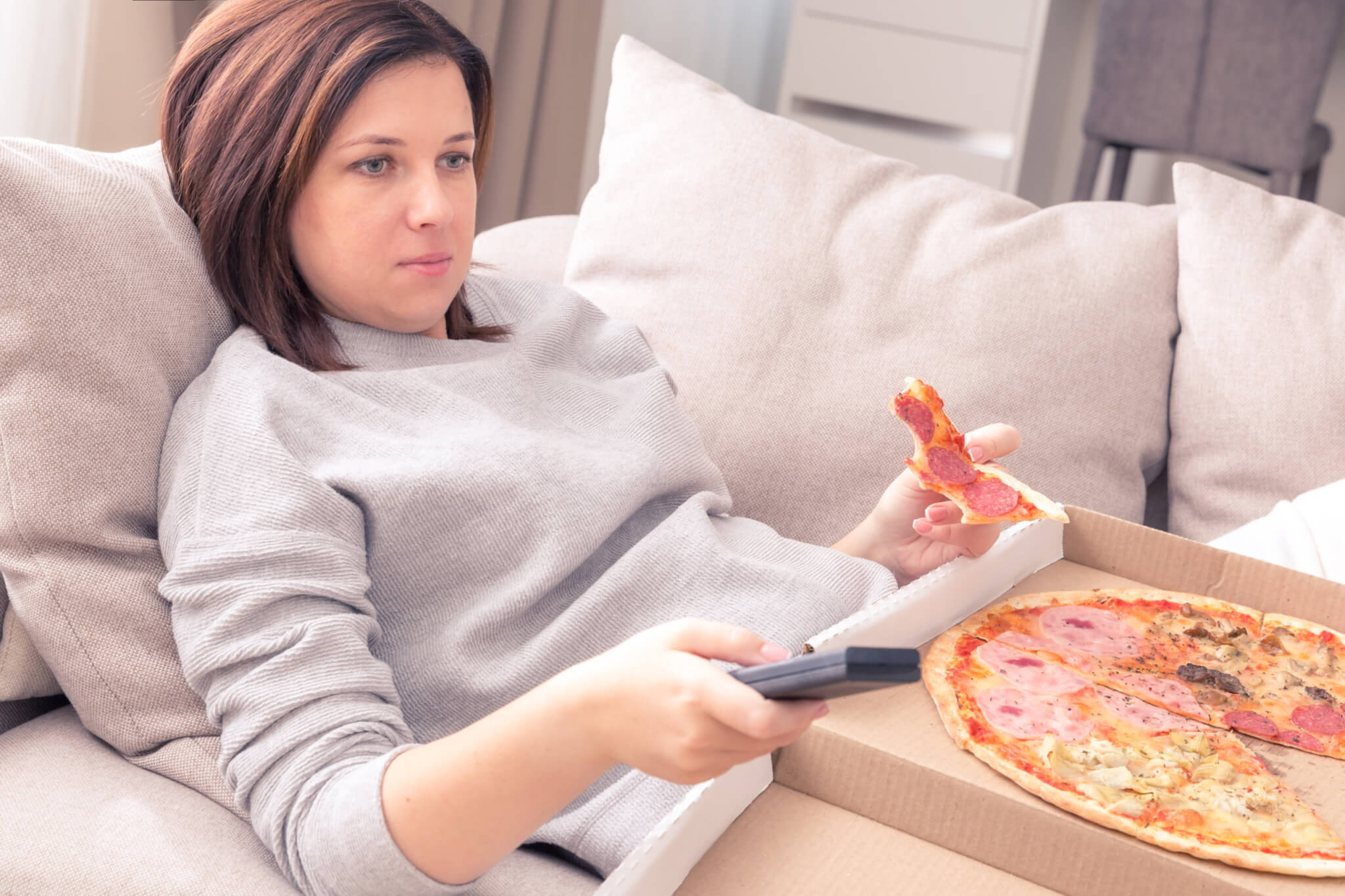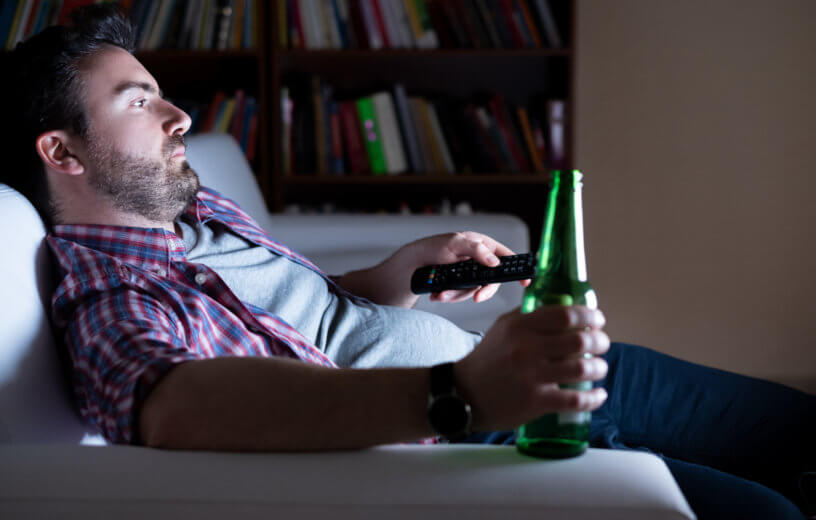CHICAGO — COVID-19 isn’t the only pandemic Americans should be concerned about. Researchers from the University of Illinois-Chicago (UIC) are calling the growing physical inactivity pandemic a “crisis” for the United States.
“The findings of the current investigation indicate a crisis within a crisis with respect to a physical inactivity pandemic in the U.S.,” says Dr. Ross Arena, from UIC’s Department of Physical Therapy and founder of the Healthy Living for Pandemic Event Protection (HL-PIVOT) Network, in a media release. “On a national level, physical activity is unacceptably low and has not appreciably improved over the past decade while high levels of social vulnerability and physical inactivity are concentrated in specific geographic regions.”
This study uniquely investigates the correlation between social vulnerability and physical inactivity, utilizing county-level data on physical inactivity prevalence and the Social Vulnerability Index (SVI). It considers the impact of regional cultures in the U.S. as defined by the American Nations model.
Key findings of the study include:
- Social vulnerability, particularly related to socioeconomic status and household characteristics, significantly impacts the prevalence of physical inactivity in the U.S.
2. There is a notable diversity in social vulnerability across different U.S. regions. A “social vulnerability belt” has been identified, spanning a large portion of the southern U.S. and parts of northern and western Alaska, indicating areas of high concern.
3. The overlap in the distribution of the SVI and physical inactivity prevalence suggests a strong regional cultural influence on these adverse phenomena.

The research also considers external factors influencing lifestyle choices, including cultural and geographic factors, historical settlement patterns, and the development of distinct regional cultures. Dr. Nicolaas Pronk, a co-investigator of the study and president and chief science officer of HealthPartners, criticizes the traditional health messaging approach.
“Typically, we’ve said, ‘Being physically active is good for everyone and hence all people should be more physically active and exercising 150 minutes or more per week on most if not all days of the week at a moderate intensity is ideal.’ Little attention is paid to factors that influence a person’s decision to be physically active,” says Dr. Pronk.
Colin Woodard, another co-investigator and director of Nationhood Lab at Salve Regina University’s Pell Center for International Relations and Public Policy, emphasizes the importance of understanding the true drivers of physical inactivity.
“Historically, public and individual health professionals haven’t considered some of the true drivers of physical inactivity,” notes Woodard. “Our goal with this study is to start getting to the bottom of what really motivates behavior and behavior change. Data-driven intelligence and the work of historians and cultural geographers can help us find the best ways to encourage healthy lifestyle choices and ultimately make people healthier.”
Dr. Arena concludes that the findings reveal a deep-seated influence of regional characteristics in the U.S. on physical activity decisions.
“These factors should be considered when designing physical activity health promotion campaigns and tailoring individual counseling,” explains Dr. Arena. “We need to figure out how to help specific communities and individuals make behavior changes. What tools do they need? What messaging will resonate with them? It’s time to apply a precision medicine approach to healthy living medicine.”
The study is published in The American Journal of Medicine.
You might also be interested in:
- Pandemic is over — but most kids are still on their couch too much
- Idle living: 1 in 4 adults admit they lead a sedentary lifestyle
- Any activity is better for heart health than sitting — even sleeping!


People are just too lazy to do what is necessary to stay healthy. It’s easier to lay on the sofa and pig out on doughnuts and follow with a pint of ice cream than to drink a glass of water or unsweetened tea and go for a walk. OK, that’s my comment. Now, Im off for a two hour walk through my neighborhood.
People are just too lazy to do what is necessary to stay healthy. It’s easier to lay on the sofa and pig out on doughnuts and follow with a pint of ice cream than to drink a glass of water or unsweetened tea and go for a walk. OK, that’s my comment. Now, Im off for a two hour walk through my neighborhood.